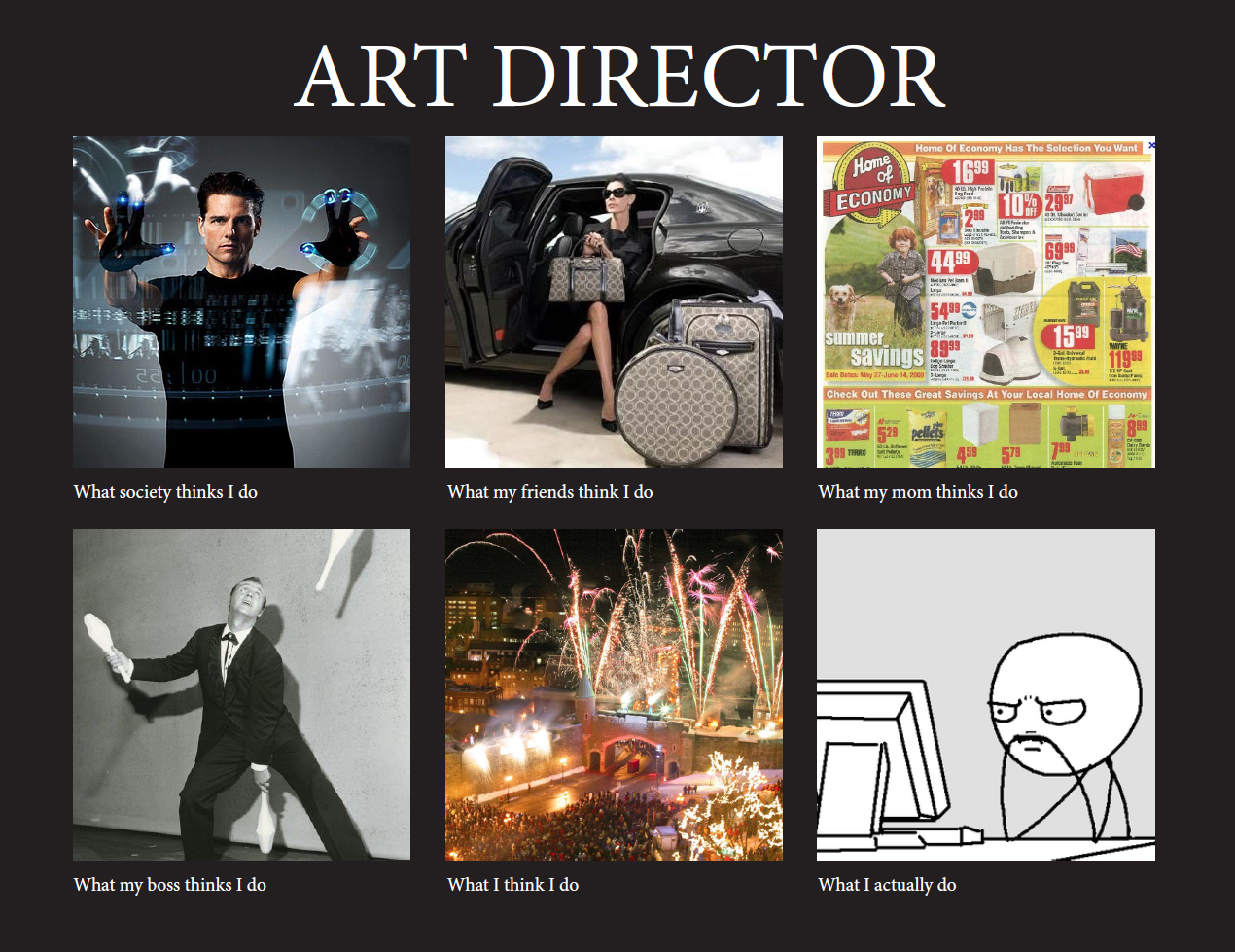Elements
of Game Design – From Pong to Next gen...
What is
meant by Gameplay?
I believe that gameplay
can be best described as the way in which players interact with a game. The elements
that make up gameplay include; the game’s rules, the game’s controls, game challenges
(overcoming them), the game’s plot/ storyline and the connection it creates
with the players.
 "A good game is one that you
can win by doing the unexpected and making it work” Quote from Rollings, Andrew; Morris, Dave (2000) Game Architecture and
Design New Riders Games. Defining the
word gameplay is quite hard without listing lots of different variants; however
in summary I think gameplay is the overall experience a player gets from
playing a game.
"A good game is one that you
can win by doing the unexpected and making it work” Quote from Rollings, Andrew; Morris, Dave (2000) Game Architecture and
Design New Riders Games. Defining the
word gameplay is quite hard without listing lots of different variants; however
in summary I think gameplay is the overall experience a player gets from
playing a game.
Who are
the leading lights in Game Design?
In my view, the
biggest and most innovative game design companies are those that have the best game
design “track records” and consistently deliver gripping story lines. These
include; Rockstar North, Ubisoft Montreal, Nintendo EAD and Bungie. These
companies have produced many major titles including; Grand Theft Auto, Assassin’s
Creed, Super Mario Bro’s, Halo and many more. These titles have been around for
a number of years and have established themselves as “Classic” games. All of
these companies have developed unique brands and have their own “Money Makers”.
For example Rockstar North’s is Grand theft Auto, and Bungie’s is the “best
seller”, Halo.
Where does
Game Design take place in the modern Developer? Is it a single person’s responsibility?
 From a creative
perspective, game design takes place in a multi-disciplined team where each
member of the team is directly responsible for his or her own role, but is also
responsible for ensuring that their work fits in with the rest of the team’s
efforts and contributes toward the overall design objective.
However, from a
business perspective there is also a need for managerial structure which
enables key creative and project management decisions to be made quickly and effectively. This requires a level of “senior management”.
From a creative
perspective, game design takes place in a multi-disciplined team where each
member of the team is directly responsible for his or her own role, but is also
responsible for ensuring that their work fits in with the rest of the team’s
efforts and contributes toward the overall design objective.
However, from a
business perspective there is also a need for managerial structure which
enables key creative and project management decisions to be made quickly and effectively. This requires a level of “senior management”.
Do
different genres require different design principles?
In my view different
genres of game do not require different design principles. All next
generation games need atmospheric music (requiring live recording), complex
level and environmental designs (requiring the creation of side missions and
interactive 3D environments), very complex plots (requiring in depth script
writing and control logic) high resolution characters (requiring complex 3D
character generation) and high levels of control interaction (requiring the use
of sophisticated software techniques and powerful game engines). Irrespective
of whether it is a Horror, Sci-fi, Action, Puzzle or Sport game these design
principles remain the same.
What’s important
for you, when you play?
When I play a game, I
look for several key attributes. These
include: effective and responsive controls, level’s that flow well, a gripping
plot, realism in all aspects of the game and a good reward/ achievement system?
Because at the end of the day, what I want from a game is to be entertained and
immersed in an imaginary world without the distractions of poor or
inappropriate game design.


